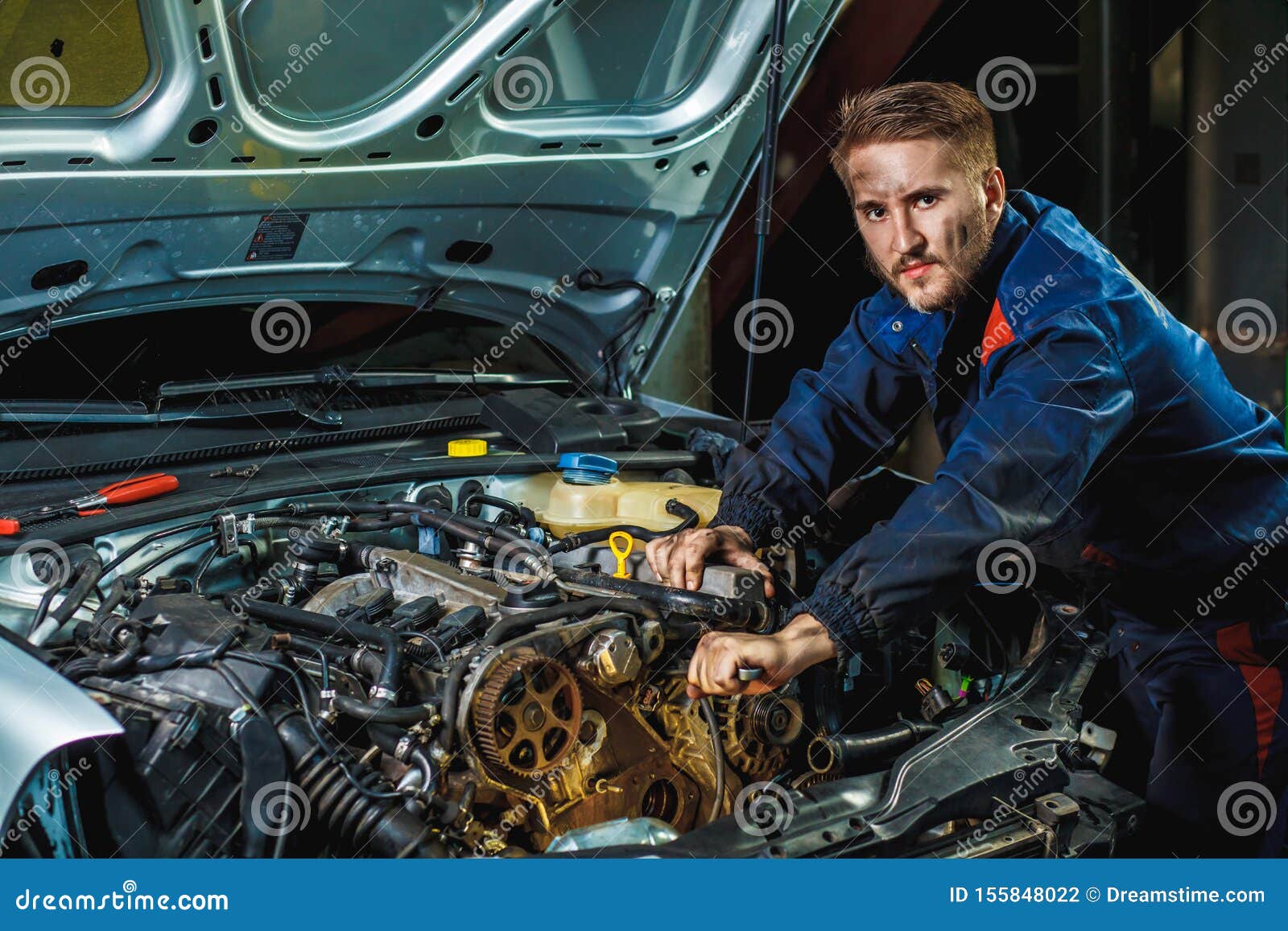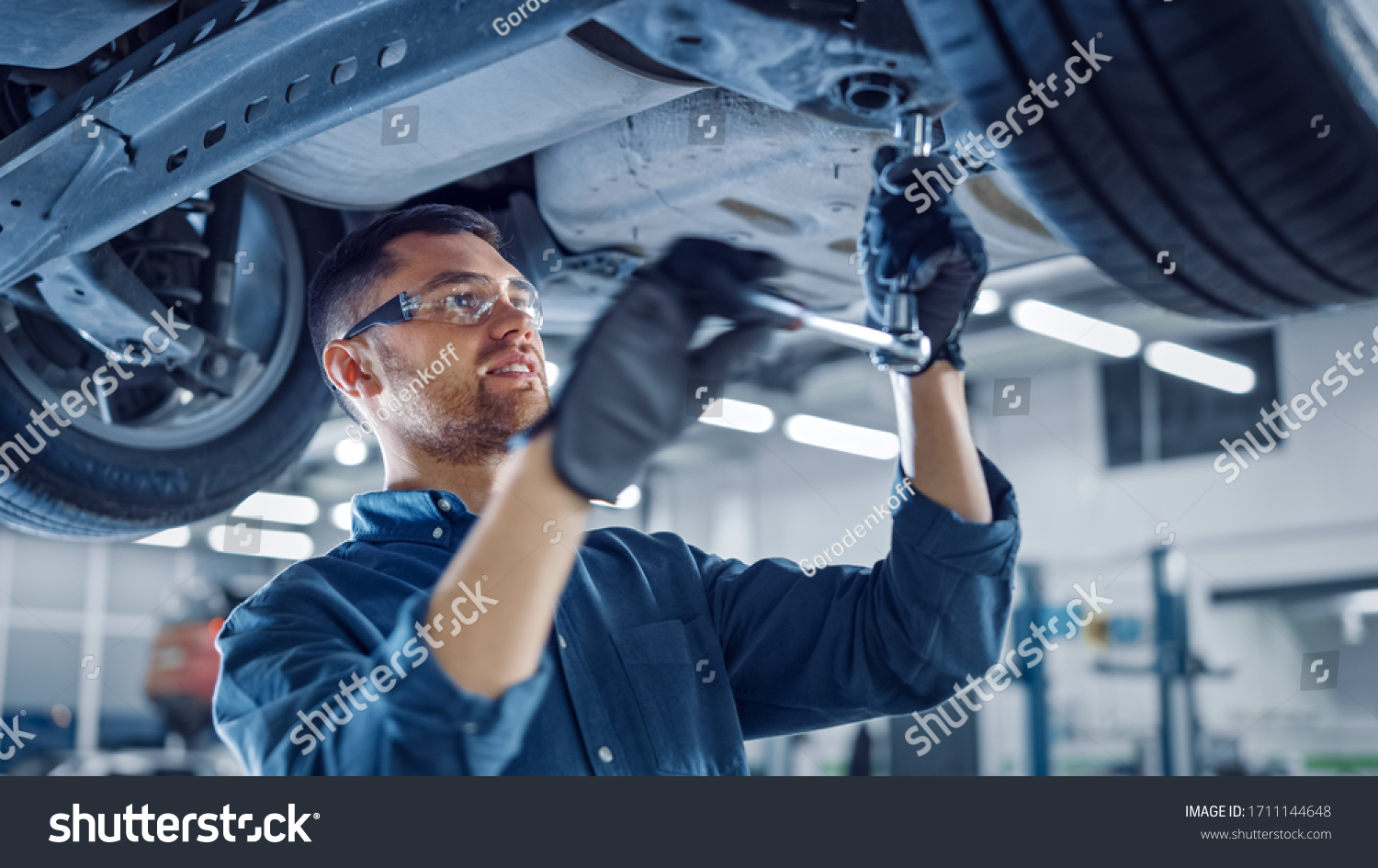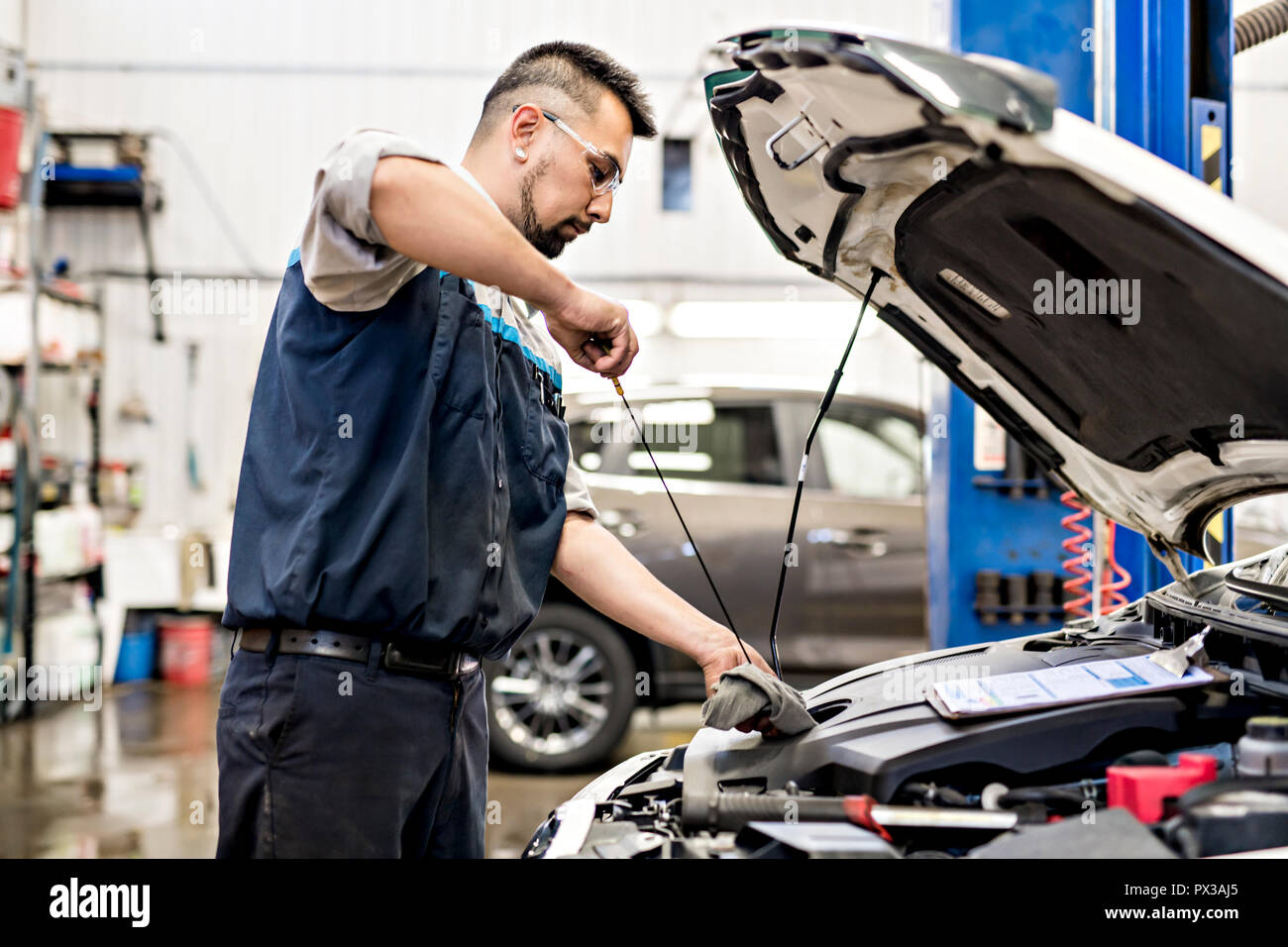Mechanic Service Trucks With Crane For Sale: Your Ultimate Guide to Mobile Productivity pickup.truckstrend.com
In the demanding world of field service, construction, mining, agriculture, and utilities, efficiency and rapid response are not just desirable – they are critical. Downtime on heavy machinery or remote equipment can translate into significant financial losses and project delays. This is where the Mechanic Service Truck With Crane For Sale emerges as an indispensable asset, a true mobile workshop capable of tackling complex repairs and heavy lifting right where the action is.
More than just a vehicle, a service truck equipped with a crane is a powerhouse of productivity, combining robust transportation with specialized tools and the essential capability to lift and maneuver heavy components. For businesses and individuals looking to enhance their operational capabilities, investing in such a vehicle is a strategic decision that promises unmatched versatility and a rapid return on investment. This comprehensive guide will delve into everything you need to know about these essential machines, from their core benefits to the intricacies of purchasing one.
Mechanic Service Trucks With Crane For Sale: Your Ultimate Guide to Mobile Productivity
What is a Mechanic Service Truck With Crane? The Ultimate Mobile Workshop
At its core, a Mechanic Service Truck with Crane is a specialized commercial vehicle designed to provide on-site maintenance, repair, and service for various types of machinery and equipment. It’s built on a heavy-duty truck chassis, but its defining features are the customized service body and, crucially, an integrated crane.
The service body typically comprises numerous lockable compartments, providing secure and organized storage for tools, spare parts, diagnostic equipment, and supplies. These compartments are often weatherproof and designed for easy access. Beyond storage, these trucks are often outfitted with a suite of auxiliary equipment, including:
- Air Compressors: For powering pneumatic tools, inflating tires, and operating air-driven equipment.
- Welders: Both stick and MIG welders, enabling on-site fabrication and repair of metal components.
- Generators: To provide electrical power for lights, power tools, and diagnostic equipment in remote locations.
- Fluid Handling Systems: Reels for grease, oil, and antifreeze, facilitating fluid changes and top-offs.
- Work Lights: High-intensity LED lighting for safe and effective operation in low-light conditions.

The crane, typically a hydraulic articulating or telescopic boom crane, is the centerpiece of its utility. Mounted either at the rear or behind the cab, it provides the critical ability to lift heavy components like engines, transmissions, axles, or large tires, significantly reducing manual labor, improving safety, and enabling repairs that would otherwise require specialized lifting equipment or a trip back to the shop. Together, these components transform a simple truck into a fully self-sufficient mobile repair station.
Why Invest? The Unmatched Benefits of a Crane-Equipped Service Truck
The decision to acquire a Mechanic Service Truck With Crane For Sale is often driven by a clear understanding of the substantial benefits it offers:

- Unparalleled Efficiency & Productivity: By bringing the workshop directly to the equipment, these trucks drastically reduce downtime. Mechanics can perform repairs on-site, eliminating the need to transport heavy machinery back to a central facility, saving hours or even days.
- Enhanced Safety: The integrated crane eliminates the need for dangerous manual lifting of heavy parts, significantly reducing the risk of injuries to personnel. Proper outriggers and safety interlocks ensure stable and secure lifting operations.
- Versatility Across Industries: From maintaining excavators on a construction site to repairing agricultural machinery in a remote field, servicing utility poles, or providing roadside assistance for heavy vehicles, the applications are vast and varied.
- Cost-Effectiveness in the Long Run: While the initial investment can be significant, the long-term savings are substantial. Reduced transport costs, minimized equipment downtime, and the elimination of specialized equipment rental fees quickly add up.
- Improved Customer Service: For service-oriented businesses, the ability to offer rapid, on-site repairs enhances customer satisfaction and strengthens client relationships, leading to repeat business and positive referrals.
- Self-Sufficiency: With power, tools, and lifting capabilities all integrated, these trucks can operate autonomously in environments where external resources are scarce.

Key Components to Consider When Buying
When searching for a Mechanic Service Truck With Crane For Sale, a detailed evaluation of its components is crucial to ensure it meets your specific operational needs:
- Truck Chassis: The foundation of the vehicle. Consider payload capacity (the total weight it can safely carry, including body, crane, and tools), engine type (diesel for heavy-duty, longevity), drivetrain (4×2 for paved roads, 4×4 for off-road or challenging terrain), and cab configuration (regular, extended, crew cab).
- Service Body: Look for durable construction materials (heavy-gauge steel for ruggedness, aluminum for weight savings and corrosion resistance). Evaluate the number, size, and layout of compartments. Are they weather-sealed? Do they have secure locking mechanisms? Consider integrated features like workbenches, vise mounts, and slide-out trays.
- Crane: This is perhaps the most critical component.
- Lifting Capacity: Measured in pounds or tons, this must align with the heaviest components you anticipate lifting. Don’t forget to consider the crane’s lifting capacity at different boom lengths (load chart).
- Reach/Boom Length: How far and high do you need the crane to extend?
- Type: Articulating (knuckle boom) cranes offer greater maneuverability in tight spaces, while telescopic cranes provide longer reach.
- Controls: Manual, remote control (wired or wireless) for enhanced safety and visibility.
- Outriggers: Essential for stability during lifting operations; ensure they are adequately sized and operational.
- Auxiliary Equipment:
- Air Compressor: Assess CFM (cubic feet per minute) output and tank size based on your tool requirements.
- Welder: Consider amperage range and duty cycle for the types of welding you’ll perform.
- Generator: Evaluate kW output to power all necessary electrical tools simultaneously.
- Lighting & Safety: Ensure ample LED work lights, strobes, and potentially a backup camera for improved visibility and safety.
Types of Mechanic Service Trucks With Crane For Sale
Service trucks with cranes come in various configurations, often categorized by their lifting capacity and intended application:
- Light-Duty Service Trucks: Built on smaller chassis (e.g., Ford F-350/550, Ram 3500/5500), typically with cranes up to 5,000 lbs. Ideal for lighter field service, smaller equipment, or urban environments.
- Medium-Duty Service Trucks: Mounted on chassis like Ford F-650/750, Freightliner M2, or International CV Series, featuring cranes from 5,000 to 15,000 lbs. These are the workhorses for general construction, agriculture, and mid-sized fleet maintenance.
- Heavy-Duty Service Trucks: Utilizing larger chassis (e.g., Peterbilt, Kenworth, Mack, larger Freightliner models), equipped with cranes exceeding 15,000 lbs, some reaching 50,000 lbs or more. Essential for mining, large-scale construction, oil & gas, and heavy equipment repair.
You’ll also find a significant market for new vs. used trucks. New trucks offer warranties, the latest technology, and customization options. Used trucks, while potentially lacking the newest features, offer a lower entry price, making them accessible for businesses with tighter budgets. Thorough inspection is paramount for used models.
The Buying Process: A Step-by-Step Guide to Finding Your Ideal Truck
Acquiring a Mechanic Service Truck With Crane For Sale requires a systematic approach:
- Assess Your Needs:
- What type of equipment will you service? What are the heaviest components you’ll lift?
- What terrain will the truck operate on? (Influences 4×2 vs. 4×4).
- What auxiliary equipment is essential for your operations?
- How much storage space do you need?
- Set a Realistic Budget: Consider not just the purchase price but also financing costs, insurance, fuel, maintenance, and potential customization.
- Research & Identify Sources:
- New Trucks: Contact authorized dealers of truck manufacturers (e.g., Freightliner, International) and service body/crane manufacturers (e.g., Knapheide, Reading, Stellar, IMT).
- Used Trucks: Explore online marketplaces (TruckPaper.com, CommercialTruckTrader.com), heavy equipment auction sites, specialized commercial truck dealerships, and local used truck lots.
- Thorough Inspection (Especially for Used Trucks):
- Chassis: Check for rust, frame damage, tire condition, brake wear, and fluid leaks. Test engine and transmission performance.
- Crane: Inspect for hydraulic leaks, cylinder wear, boom damage, cable condition, and proper operation of controls and outriggers. Request a load test if possible.
- Service Body: Look for dents, rust, door alignment, latch functionality, and compartment integrity.
- Auxiliary Equipment: Test the air compressor, welder, and generator for proper function.
- Documentation: Request maintenance records, crane inspection logs, and vehicle history reports.
- Test Drive & Crane Operation: Don’t just look at it; drive it. Operate the crane through its full range of motion. Listen for unusual noises.
- Financing: Explore options like traditional bank loans, equipment leasing, or manufacturer financing programs.
Maximizing Your Investment: Tips for Operation and Maintenance
Once you’ve purchased your truck, proper operation and maintenance are key to its longevity and efficiency:
- Operator Training & Certification: Ensure all operators are properly trained on crane operation, safety protocols, and general vehicle handling. Many jurisdictions require specific certifications for crane operators.
- Regular Preventative Maintenance: Adhere strictly to the manufacturer’s recommended maintenance schedule for both the truck chassis and all mounted equipment (crane, compressor, welder). This includes fluid checks, filter replacements, lubrication, and thorough crane inspections.
- Proper Loading & Weight Distribution: Never exceed the truck’s Gross Vehicle Weight Rating (GVWR) or the crane’s load chart limits. Distribute weight evenly within compartments to maintain stability.
- Safety Protocols: Always deploy outriggers fully before crane operation. Maintain a safe distance from power lines. Use spotters when necessary.
- Tool Organization: A well-organized service body saves time and prevents loss or damage to expensive tools.
Challenges and Solutions in the Service Truck Market
While incredibly beneficial, acquiring and operating these specialized vehicles can present challenges:
- High Initial Cost:
- Solution: Explore the robust used market, consider leasing options, or secure specialized equipment financing.
- Maintenance Complexity:
- Solution: Invest in a reliable maintenance schedule, train internal staff, or partner with reputable heavy equipment service providers.
- Operator Skill Requirements:
- Solution: Mandate comprehensive training programs and certifications for all operators to ensure safe and efficient use.
- Regulatory Compliance:
- Solution: Stay updated on local, state, and federal regulations regarding vehicle weight limits, crane certifications, and safety standards (e.g., OSHA in the US).
Estimated Price Table: Mechanic Service Trucks With Crane For Sale
Note: Prices are highly variable based on condition, mileage, specific features, crane capacity, and manufacturer. These are general estimates for illustrative purposes.
| Type/Capacity Category | Condition | Crane Capacity (lbs) | Key Features (Typical) | Estimated Price Range (USD) |
|---|---|---|---|---|
| Light-Duty | Used | 2,000 – 4,000 | Basic service body, small air comp., older chassis | $30,000 – $70,000 |
| Light-Duty | New | 3,000 – 5,000 | Aluminum service body, new air comp., modern chassis | $80,000 – $150,000 |
| Medium-Duty | Used | 5,000 – 10,000 | Steel service body, hyd. crane, air/weld/gen | $70,000 – $180,000 |
| Medium-Duty | New | 7,000 – 14,000 | Custom steel/alum body, modern hyd. crane, full auxiliary pkg. | $180,000 – $350,000+ |
| Heavy-Duty | Used | 15,000 – 30,000 | Heavy-duty chassis, large crane, comprehensive auxiliary pkg. | $150,000 – $350,000+ |
| Heavy-Duty | New | 20,000 – 50,000+ | Custom-built, advanced controls, top-tier crane, specialized equipment | $350,000 – $700,000+ |
Frequently Asked Questions (FAQ) about Mechanic Service Trucks With Crane For Sale
Q1: What kind of driver’s license do I need to operate a Mechanic Service Truck with a crane?
A1: This depends on the truck’s Gross Vehicle Weight Rating (GVWR) and your local regulations. In the US, trucks with a GVWR over 26,000 lbs typically require a Commercial Driver’s License (CDL). Additionally, operating a crane often requires specific certification (e.g., NCCCO certification in the US), regardless of the truck’s weight. Always check local and state requirements.
Q2: How important is crane capacity when choosing a truck?
A2: Extremely important. The crane’s capacity (and its load chart at various boom lengths) dictates the heaviest components you can safely lift. Undersizing the crane can limit your capabilities and create unsafe working conditions. Oversizing might lead to unnecessary cost and weight. Accurately assess your maximum lifting needs.
Q3: Can I customize a service truck after purchasing it?
A3: Absolutely. Many buyers choose to customize their trucks with additional tool storage, specialized equipment mounts, custom lighting, or even paint schemes. However, ensure any modifications do not compromise the vehicle’s structural integrity, weight limits, or crane stability. Consult with professional upfitters.
Q4: What are the common maintenance issues to watch out for in a used service truck with a crane?
A4: For the truck chassis, look for typical issues like engine/transmission wear, brake system health, and rust. For the crane, hydraulic leaks, cylinder wear, cable fraying, outrigger malfunction, and control system issues are common. Always check the crane’s inspection logs and look for signs of neglect or abuse.
Q5: Is financing available for these types of specialized vehicles?
A5: Yes, various financing options are available, including traditional bank loans, equipment loans, and leasing programs. Many commercial truck dealerships also offer in-house financing. Terms and rates will depend on your creditworthiness, the vehicle’s age, and your business’s financial health.
Q6: What is the typical lifespan of a Mechanic Service Truck with Crane?
A6: With proper maintenance, a service truck chassis can last 15-20 years or more, often accumulating hundreds of thousands of miles. The service body and crane can have similar lifespans, but key components (hydraulic pumps, cylinders, cables) may require replacement or rebuilding over time. Regular inspections and preventative maintenance are key to maximizing longevity.
Conclusion
A Mechanic Service Truck With Crane For Sale is far more than just a commercial vehicle; it’s a strategic investment in mobile productivity, safety, and operational independence. Whether you’re a heavy equipment contractor, a fleet manager, or an independent service provider, the ability to perform complex repairs and heavy lifting on-site can dramatically reduce downtime, cut costs, and enhance your service capabilities.
By understanding the key components, carefully evaluating your needs, and following a diligent buying process, you can acquire a powerful asset that will serve as the backbone of your field operations for years to come. In an economy that values efficiency above all, a well-chosen crane-equipped service truck doesn’t just drive your business; it lifts it to new heights.
